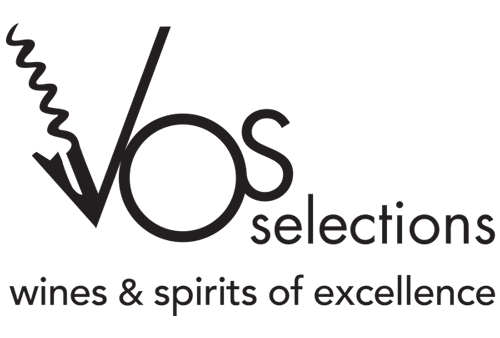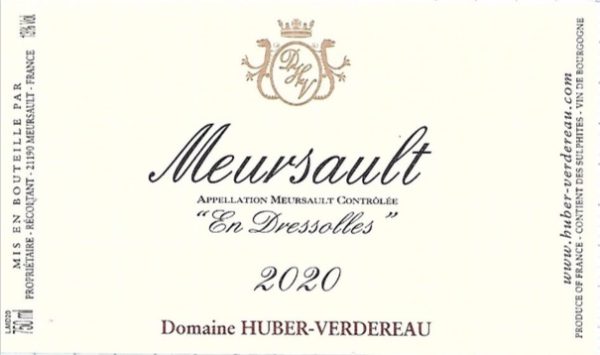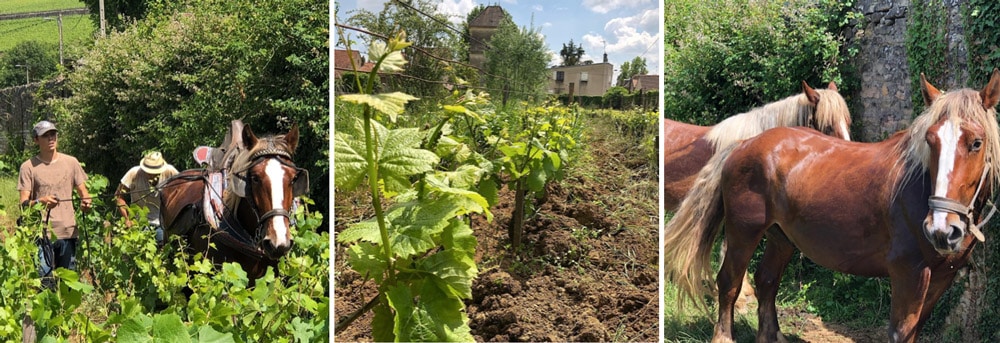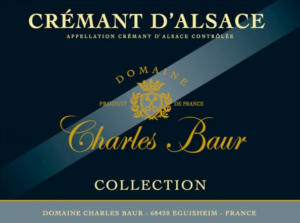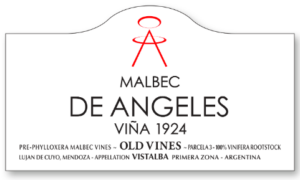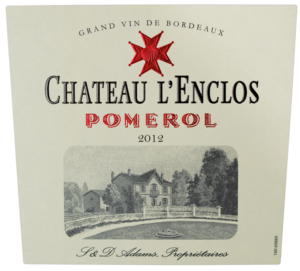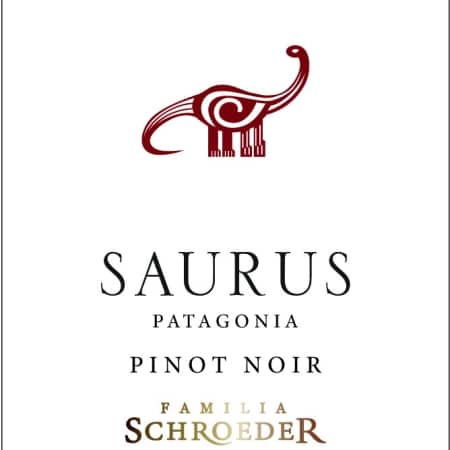ABOUT THE PRODUCER: Huber-Verdereau
Domaine Huber-Verdereau was founded in 1994 by Thiebault Huber, who is Alsatian on his father’s side and Burgundian on his mother’s. The domaine dates back to the 19th century when the Verdereau family began to cultivate vines on their property in Volnay. Thiébault’s grandfather, Raoul Verdereau, developed the estate between 1928 and 1976 and split it between his two daughters. Thiebault’s parents inherited 3.5 ha but only sold grapes.
After studies in hotel management and wine in Strasbourg, Thiebault worked for Marcel Deiss before becoming a sommelier at the legendary Moulin de Mougins restaurant in Cannes. Realizing his first love was wine, he returned to Burgundy to his family’s vineyard. Simultaneously, he trained at the Wine College of Beaune while also working at the vineyard of his cousin Jean-Marc Bouley, in Volnay.
When he took over the the family estate, he only made a modest amount of wine, serving a small, private clientele. From 2001-2010, he acquired vines through his family’s contacts and bought select parcels which increased the size of the domaine to 7 hectares. He then began to reach out to a wider public, presenting his wines at tastings and developing exports – especially after 2005, thanks to enthusiastic praise by renowned Burgundy expert Allen Meadows aka Burghound:
Bourgogne Blanc Pré aux Dames… “possesses outstanding intensity on the detailed, very dry and wonderfully complex finish. . . this is an outstanding Bourgogne. Highly Recommended.”
Puligny Montrachet Les Levrons… “In sum, this is an excellent villages…“
In time the domaine grew to its current size, a little over 9 hectares, spread over 7 communes and 32 parcels (climats), producing 16 different AOC’s : 1 crémant, 7 whites, and 12 reds. The total production is around 50,000 bottles.
Farming practices: from the very beginning Thiebault decided to eschew chemical fertilizers and herbicides, utilizing compost and ploughing instead. His philosophy has always been to focus on the quality of the grapes, based on 3 guiding principles: respect for the soil, biodynamic farming, and controlling yields. He started converting the vineyard to organic farming in 2001 and to biodynamic farming in 2005, followed by Demeter and Ecocert certification. According to Thiebault, this method of agriculture is the cleanest and is essential, as it puts man in harmony with nature.
“I’m delighted… I was very impressed by almost all of Huber’s wines… ” – Jancis Robinson
Vinification practices: Thiebault believes in minimal intervention: it is all about finesse and elegance with a pure expression of his superior terroirs. He speaks of infusion rather than extraction, limiting the punching down of the cap, abstaining from lee stirring, and using relatively little new oak. Typically, only the Pommard Village and Premier Cru are raised in 30% new oak barrels, while for Volnay it’s 20%. Barrel ageing is rather short: from 8 months for the first cuvées up to 14 months for the Village and Premier Crus. In 2012, Thiebault partnered with a couple other domaines (Marquis d’Angeville and Michel Lafarge), to develop a prototype and produce his own sulfites, buying volcanic stones from Italy. Besides being independent from petroleum refining processes, natural sulfites have lower impact on the wine than commercial sulfites and are more gentle on aromas. Thiebault adds them at two steps of the vinification: after the malolactic fermentation and after racking, allowing the wine to rest before bottling.
